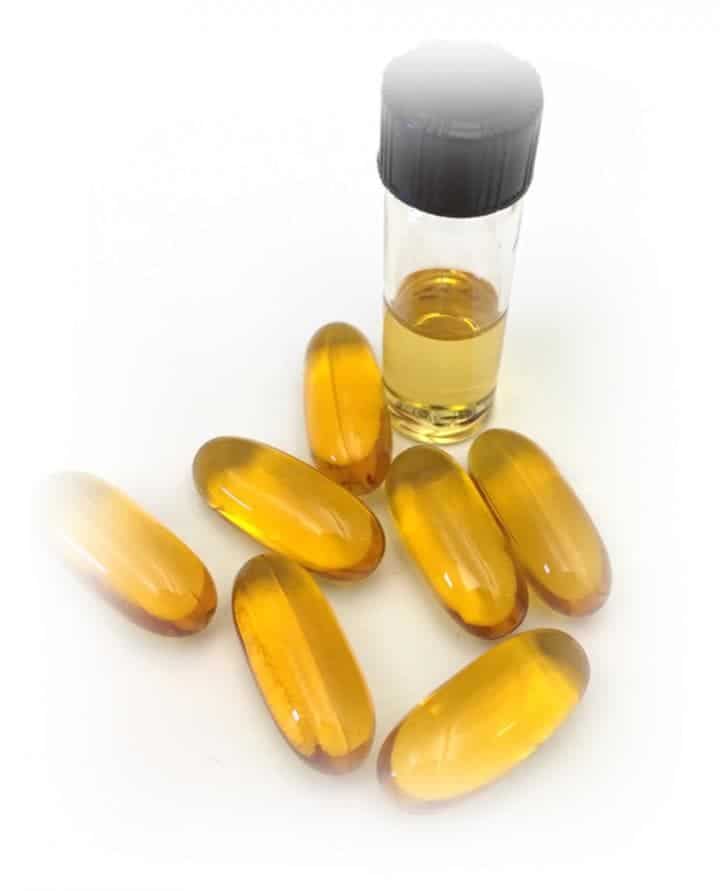
For decades, scientists have been looking for a holy grail of drug delivery: a method to give protein and peptide drugs like insulin by mouth, instead of injection. Harvard researchers have made huge stride forward by carrying insulin in an ionic liquid that prevents stomach enzymes from breaking down the drug. This approach more closely mimics the way in which a healthy person’s pancreas makes and delivers insulin to the liver, thereby mitigating some of the adverse effects of injecting insulin over a long time.
Doctors estimate that 40 million people worldwide have type 1 diabetes and depend on an insulin injection to keep their glucose levels in check. People diagnosed with type 1 diabetes usually start with two injections of insulin per day of two different types of insulin and gradually progress to three or four injections per day of different types of insulin. Many people fail to adhere to this very strict regime, which interferes with their normal day-to-day activities. Some have a phobia of needles or feel uncomfortable amounts of pain with each injection, making it an ordeal.
“The consequences of the resulting poor glycemic control can lead to serious health complications,” said senior author Samir Mitragotri, a Professor of Bioengineering at the Harvard John A. Paulson School of Engineering and Applied Sciences (SEAS).
Delivering insulin orally would solve so many problems, making it as easy as popping any pill or tablet. The problem is that the protein is broken down by the stomach’s acidic environment and is poorly absorbed out of the intestines. Previously, scientists have attempted to navigate these obstacles by re-engineering the insulin molecule, coating it in protective polymers, and introducing additives to inhibit breakdown by enzymes or to enhance absorption. However, currently, no such treatment is clinically available.
Mitragotri and colleagues went a different route. They encapsulated an insulin-ionic liquid formulation in an enteric coating — a barrier that prevents the medication’s dissolution or disintegration in the gastric environment. The ionic liquid is comprised of choline and geranic acid, a biocompatible formulation that is easy and cheap to manufacture. What’s more, it can be stored for up to two months without degrading, which is longer than some injectable medications on the market.
Once it makes its way to the small intestine, where the environment is more alkaline, the ionic liquid carrying the insulin is automatically released. The implications of this work in the medical field could be huge — the approach could potentially be applied to many other proteins besides insulin.
“Insulin must navigate a challenging obstacle course before it can be effectively absorbed into the bloodstream,” said Mitragotri in a statement. “Our approach is like a Swiss Army knife, where one pill has tools for addressing each of the obstacles that are encountered.”
In the future, the Harvard researchers want to conduct more animal tests of the formulation in order to monitor the long-term toxicological effects. If all goes well, clinical trials in humans could gain approval faster than they normally would since the key ingredients of the ionic liquids are already considered safe. Choline is a vitamin-like essential nutrient and geranic acid, a widely used food additive, naturally occurs in cardamom and lemongrass.
The findings appeared in the journal Proceedings of the National Academy of Science.


